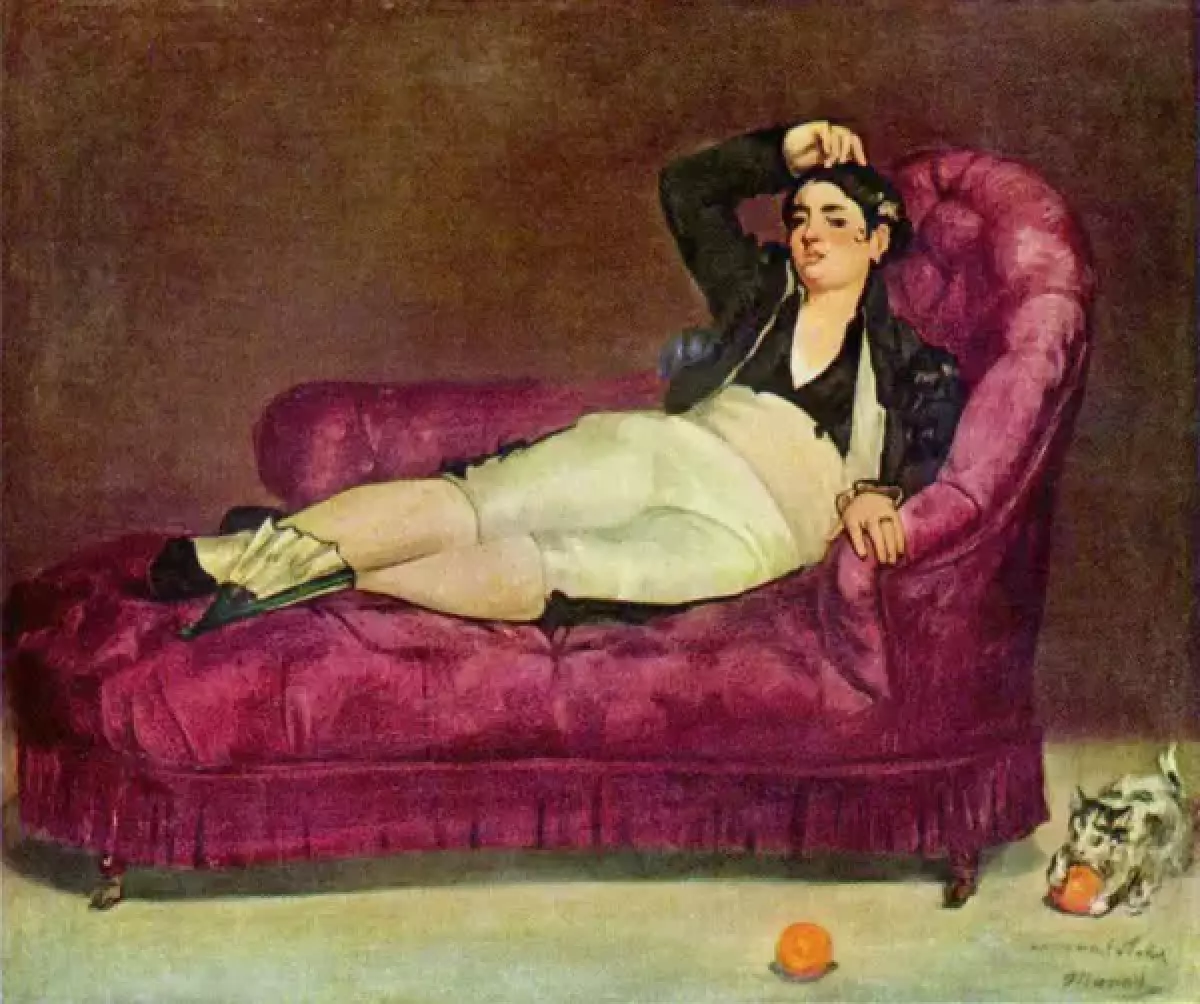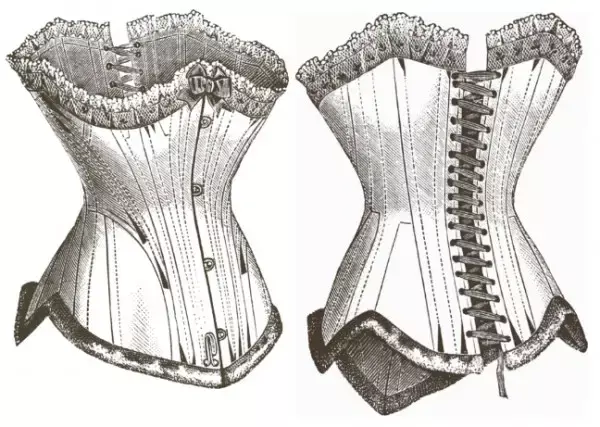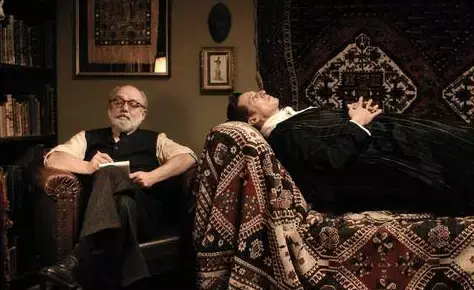 Image of a typical fainting couch in the Victorian era
Image of a typical fainting couch in the Victorian era
The Victorian era was a time of elegance and sophistication, marked by unique furniture designs that epitomized the spirit of the times. One such piece that gained popularity during this era was the fainting couch. Let's delve into the world of Victorian fainting couches and explore their history and uses.
What is a Fainting Couch?
A fainting couch, as the name suggests, is a sofa with a high back and arms that was highly fashionable in the Victorian era. It was often adorned with frills and lace, adding to its ornate allure. This piece of furniture was not just a practical seating option, but also a statement of style and elegance.
 Corsets during the Victorian era used to be tight
Corsets during the Victorian era used to be tight
The Use and Purpose of Fainting Couches
There were various theories surrounding the use and purpose of fainting couches during the Victorian era. One prevalent belief was that Victorian women frequently experienced fainting spells as a result of wearing overly tight corsets. Studies have shown that corsets reduced lung capacity, leading to shortness of breath. To provide relief, women would retire to the fainting couch after experiencing a fainting spell.
Another theory suggests that fainting couches were used as a home remedy for female hysteria. During this era, hysteria was a common medical diagnosis given exclusively to women. As treatment, pelvic massages were prescribed, often performed by home doctors or midwives. Fainting rooms were created as a private space to offer comfort and privacy during these massage sessions.

Fainting Couch and Psychoanalysis
The late psychoanalyst Sigmund Freud further popularized the use of fainting couches for therapeutic purposes. Freud's fainting couch became an iconic tool in his practice of psychoanalysis. Patients would lie on the couch while Freud sat behind them, listening and taking notes as they shared their dreams, childhood experiences, and thoughts. This process allowed the repressed unconscious thoughts to surface, providing insight into the patient's psychological well-being.
Psychoanalysis, facilitated by Freud's fainting couch, proved effective in treating hysteria, anxiety, and depression during the Victorian era. Furthermore, Freud's work revolutionized both the medical and psychological fields, introducing concepts such as Ego, Superego, Id, Oedipus complex, and Libido.
As the 20th century approached, fainting couches became popular collector's items. Modern reproductions maintained the Victorian period styles, while Freud's iconic design found its place in the offices of many psychoanalysts.
The Fainting Room: A Haven of Comfort
The Victorian era also saw the emergence of fainting rooms, private spaces dedicated to providing comfort for women who felt faint or dizzy. These rooms often featured fainting couches for ladies to lie down on. Fainting rooms were particularly significant during the treatment of female hysteria, offering privacy during home pelvic massages.
Where to Find Fainting Couches
If you are intrigued by the allure of a Victorian fainting couch, you can explore various options to acquire one. Antique fainting couches can be found in specialty stores, or you can turn to online platforms such as eBay and Amazon for modern reproductions that capture the essence of the Victorian era.

In conclusion, the fainting couch stands as a testament to the opulence and sophistication of the Victorian era. It served not only as a stylish seating option but also as a symbol of societal norms and medical practices of the time. Whether as a piece of furniture or a conversation starter, the fainting couch continues to amaze and intrigue, weaving a thread that connects us to the fascinating history of the past.
















